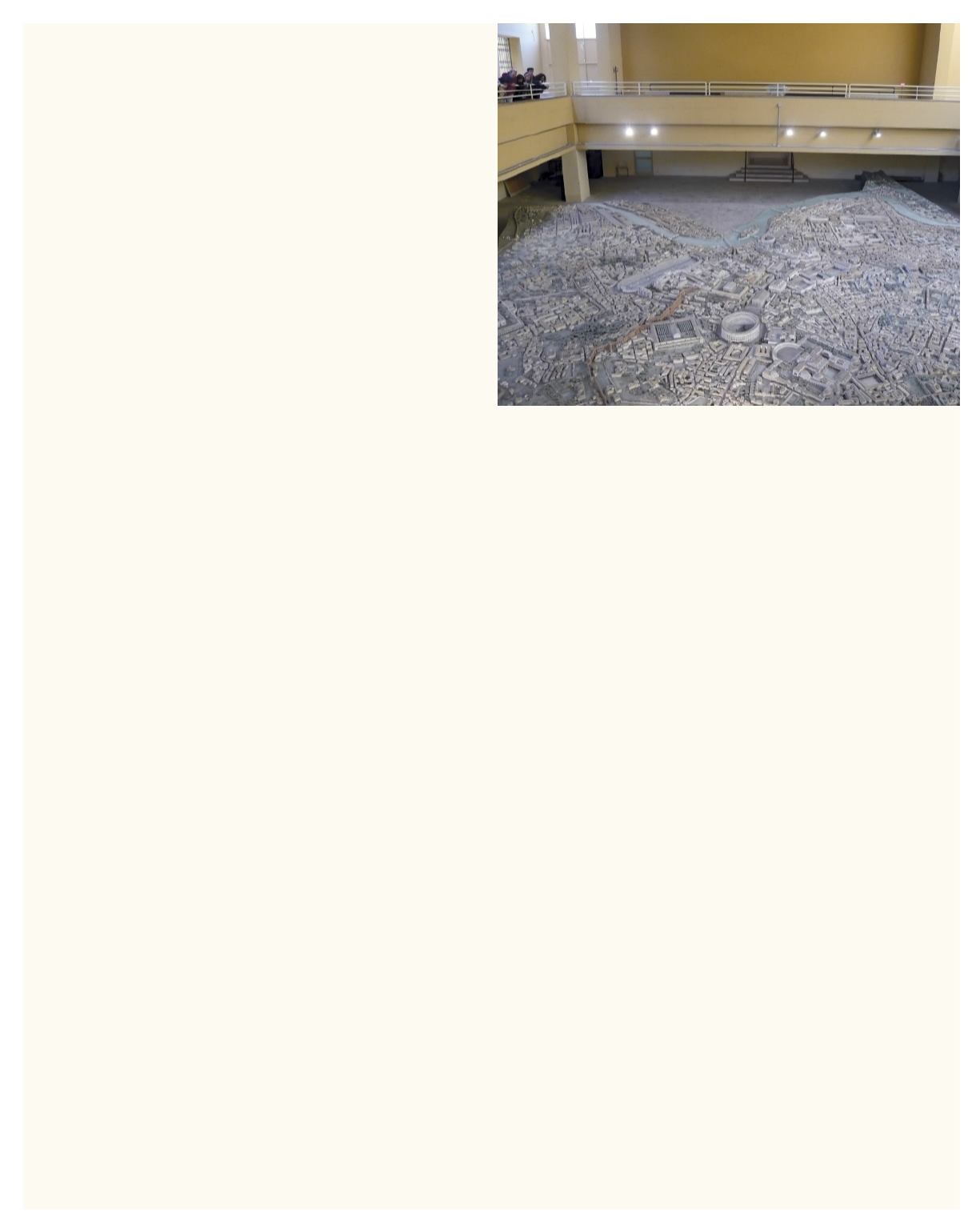
80
81
PLACE AND DISPLACEMENT:
EXHIBITING ARCHITECTURE
PROJECT LEADER:
Thordis Arrhenius
FUNDER/DURATION:
Norwegian Research Council, 2010-2014
Network and Partners: OCCAS/AHO; Graduate
School of Architecture Planning and Preservation,
Columbia University; School of Architecture
Kentucky University; The National Museum of
Art, Architecture and Design Norway; Norwegian
Institute for Cultural Heritage Research; The
Norwegian Institute in Rome/University of Oslo
ACTIVE RESEARCHERS:
Professor Thordis Arrhenius (project leader)
Professor Mari Lending (senior researcher)
Professor Victor Plahte Tschudi (guest researcher)
Associate professor Wallis Miller (guest researcher)
Associate professor Jorge Otero-Pailos, GSAPP,
Columbia University (guest researcher)
Dr Ola Storsletten, Norwegian Institute for Cultural
Heritage Research (guest researcher)
Professor Barry Bergdoll, Columbia University/
MoMA (Advisor, PhD supervision)
Mark Cousins, Architectural Association Graduate
School (Advisor, PhD supervision)
Tina Di Carlo (PhD)
Lothar Diem (PhD)
Natalie O’Donnell (PhD)
Architecture forms a seemingly immovable and dura-
ble presence, resistant to both display and displace-
ment. However, buildings and building parts have, for
centuries, provided material for the lively curatorial
practice of disassembly and reassembly, collection
and display. This tradition has received little scholarly
attention yet forms a vital component of our cultural
imagination, whether in the open-air museum’s sim-
ulated environment or in the on-going reassembly of
architectural fragments within the city. The research
project “Place and Displacement” investigates vari-
ous practices of displaying architecture in historical
and contemporary contexts. Two closely interlinked
themes organize the project: preservation as a form of
curation, and architectural collections (models, minia-
tures, engravings and spoils) together with their econ-
omies of validation and display. Together, the project
investigates the processes of displacement in relation
to collection, preservation and exhibition practices.
The aim is to identify and contextualize the forces and
complexities of different modes and technologies of
commemoration when architecture is displayed. Case
studies range from full-scale exhibitions of architec-
ture in open-air museums; to the trade of architectural
oeuvres; to the construction of imaginary architectural
museums, scale models, mock-ups, and specific exhi-
bitions. The overall aim of the project is to establish a
productive review of the medium of the architectural
exhibition through archive studies and a historiograph-
ical approach. As a method of developing and testing
research findings the project stresses the importance of
dissemination through symposia and open workshops
as well as emphasizing the production of English lan-
guage publication.
AHO WORKS RESEARCH 2012
OCCAS


